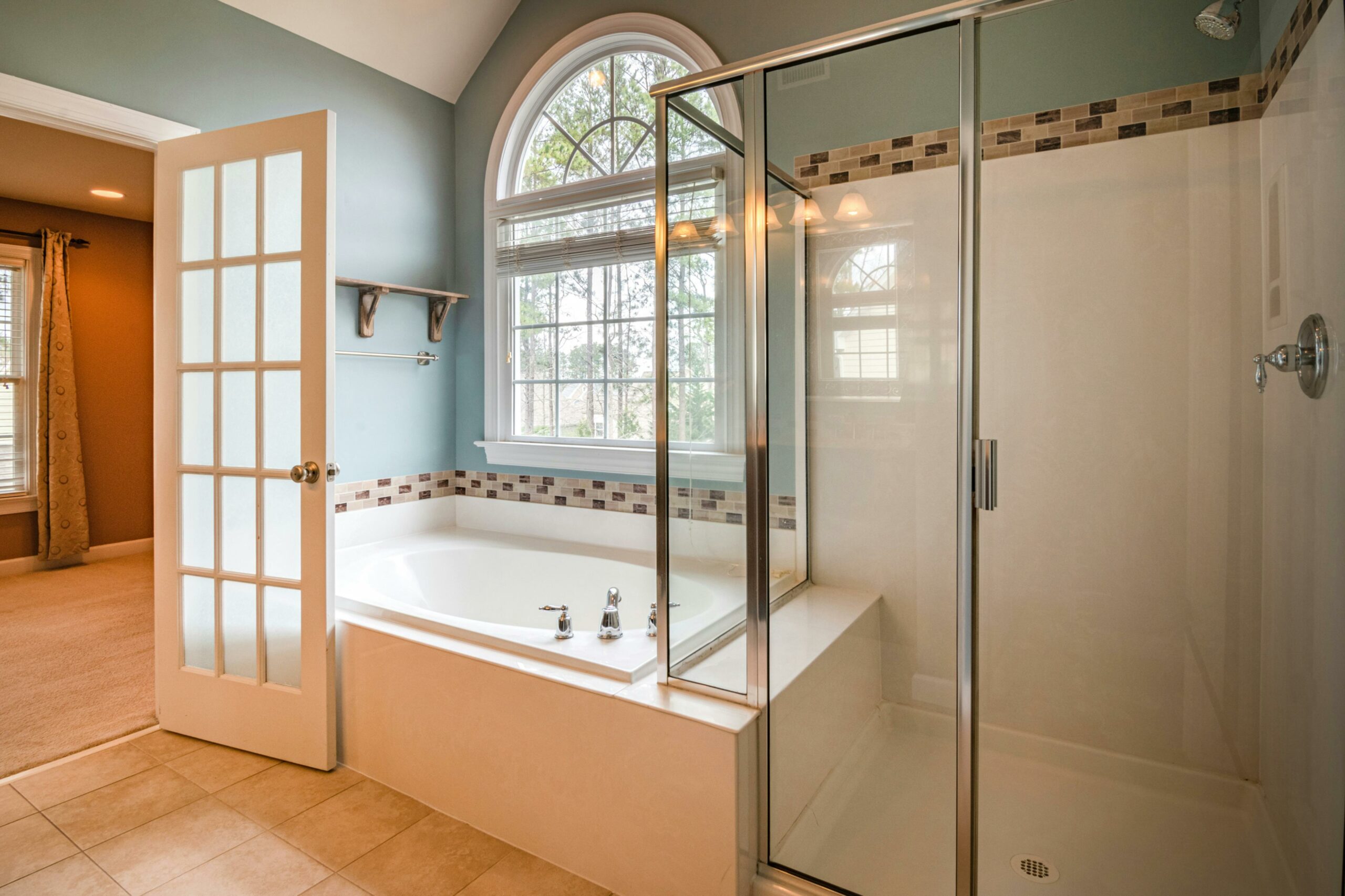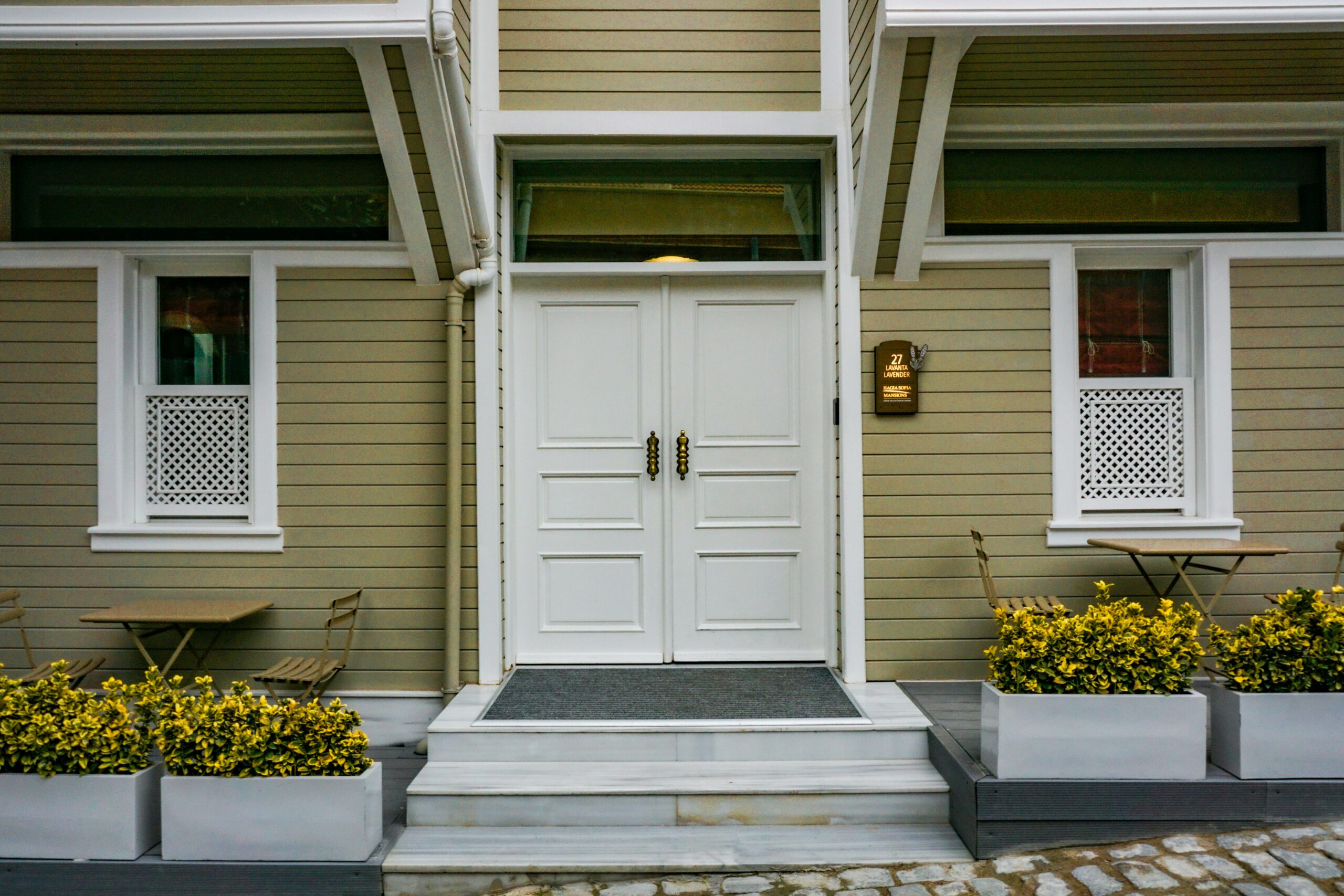Although heating systems are most often blamed for the dry indoor air, the winter’s cold weather actually deserves the blame. Moreover, a humidifier can balance out the dry interior air.
Since it has less water vapor than warm air, cold air is drier. You may feel more comfortable when that chilly air gets inside through unsealed cracks or people opening external doors. Among other problems, your lips might bleed, your nails may split, and your skin might start to itch. An efficient humidifier can aid in either avoiding or relieving certain inconveniences.
What humidity level is best indoors? Your home ought to have a moisture content between 30 and 40 percent in colder regions during the heating season to avoid window condensation. Excessive humidity can encourage the growth of dust mites, germs, and mold. A humidifier can aid in finding the ideal balance.
But how do you choose the ideal humidifier for your home when there are so many versions available?
Continue reading to learn about different types of humidifiers, get tips on how to pick the right one for the size of your room, and discover what to look for when shopping.

How to Begin Selecting a Humidifier
If you want to find out more about a humidifier’s technical specifications, be sure to first consider why you even need one.
Do you want to utilize it in your office, bedroom, or kitchen? When will you use it, and for how long? Will there be kids or pets around when you use it?
Understand the various humidifier types, moisture flow, tank capacity, and other topics by reading the humidifier buyer’s guide to help you choose the right one.
If you don’t carefully specify your needs, you won’t be capable of making a good choice, even if you are aware of the technical requirements.
Size of Your Room
The size of the room is important when selecting the ideal humidifier. If your room is quite small, there’s no reason to buy a big, powerful humidifier.
Similar to a little humidifier, a large room humidifier can work its tail off yet never add sufficient moisture to solve the issue.
One of the most significant choices that you must make when purchasing a humidifier is whether you require targeted humidification for a specific room or whole-house humidification.
Small-to-Medium-Sized spaces: Tabletop or room humidifiers are excellent choices for such areas, which include bedrooms, nurseries, and office spaces.
Compact: Tabletop humidifiers are made to fit on a desk, dresser, counter, or side table and have a small footprint. These compact humidifiers are portable and easy to move to other places as needed.
Long-Running: A lot of models can run for as long as twenty-four hours without needing to refill their water supply.
Big Spaces: Use a console or standalone device to add humidity to common spaces or open-plan multiple rooms.
Greater Humidifying Space: These humidifiers are often positioned on the flooring in a central place to cover areas as big as 3,000 to 4,000 sq ft, enough just to humidify a house with an open-concept layout.
They can satisfy the requirements of your house and family and come in a number of designs and finishes, making it simple for the devices to go with your decor.
Choosing a Type of Humidifier
Humidifiers may either produce a warm mist or a chilly mist. The cooling humidifier is great for adding moisture to the air at room temperature in hot climates.
While making more noise, these humidifiers are also quite easy to maintain. Also, their running expenses are low.
Nevertheless, unless the humidifier has a raised filter, it is recommended to use filtered water in cool mist humidifiers, free of impurities, to avoid the spread of germs with the mist.
Warm mist humidifiers, on the other hand, are better suited to colder regions and smaller rooms. Heating elements bring the water to a boil, eradicating bacteria and germs before providing beneficial moisture for inhalation.
Nevertheless, they take more energy and should not be used around children or pets. While being silent, they are more challenging to clean.
There are also dual-mist systems that can be used in any setting.
Maintenance
In comparison to areas with soft water, hard water areas need additional care. If your water source is hard, decalcification will be needed more frequently.
Yet, it is always essential to perform a thorough cleaning to stop the spread of bacteria and germs.
So, it becomes sensible to buy a device that can be cleaned with little difficulty. When figuring out the ongoing costs, accessories like decal cartridges or filters for an evaporative device should be considered.
Electricity Usage
The presence of a hygrostat on the appliance is required. Similar to how a thermostat regulates the temperatures on a heater, the hygrostat governs the amount of humidity in the area.
With the exception of sometimes filling it with water, a humidifier with a built-in hygrostat will automatically switch on and off to maintain the ideal humidity level at all times.
Compared to simply leaving the device on all the time, this works much better and uses less energy.
Levels of Noise
Noise is quite subjective; whereas for some of us, a little ambient noise can be soothing, for others, even a slight suggestion of background sound is off-limits.
Evaporative humidifiers are usually the quietest option for individuals who are very sensitive to noise.
Important Humidifiers Specifications
A humidifier’s duration will be longer the bigger its tank capacity. The runtime will also be shorter the greater the moisture output, but it will maintain your ideal humidity more rapidly.
A humidifier will operate longer between refills if it has a higher tank size to moisture output ratio.
By altering the fan speed, you may be able to select between a low, middle, or high moisture output on some humidifiers now on the market.
This extends or shortens the duration while giving you the freedom to adjust the humidification rate of the unit to suit your needs.
Coverage and moisture output are directly related. Large spaces can typically be humidified more quickly using humidifiers that produce more moisture, and vice versa.
A humidifier should not be used in a space that is larger than it can manage. If you do this, the humidifier won’t work as efficiently, and it won’t humidify the air evenly.
To sum up, before you buy one, determine the area that needs to be moisturized, and then pick one that can handle the area. Choose the steam, warm mist, or cool mist that best suits your lifestyle and is the easiest for you to manage.






